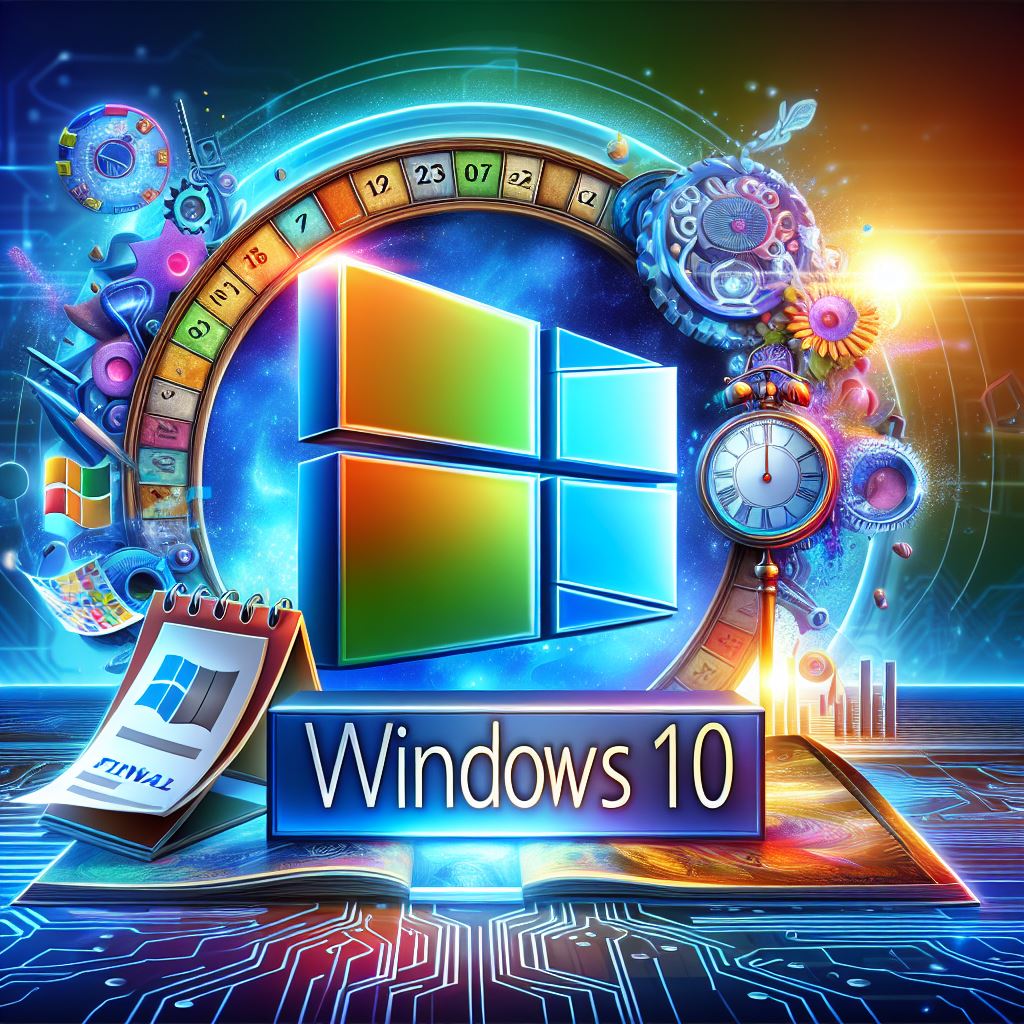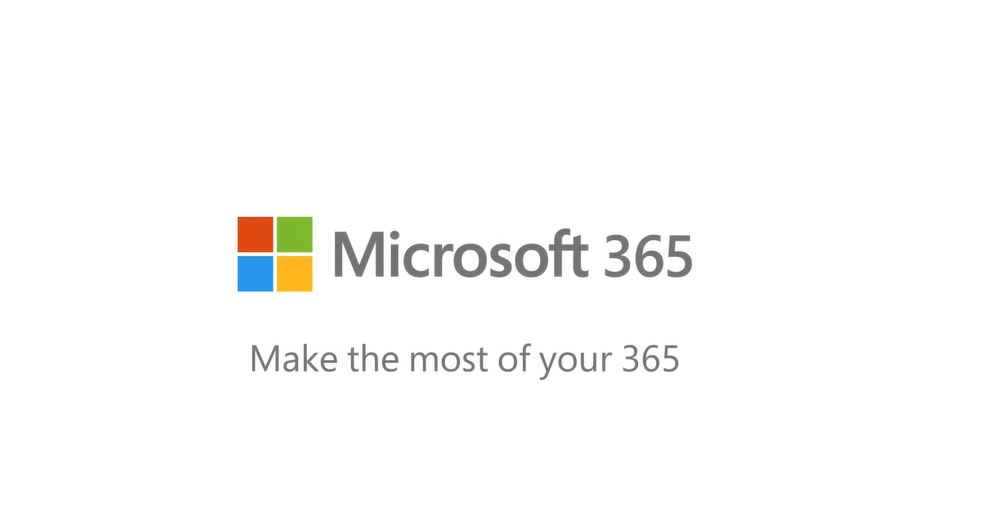Did you know there are over 1 billion malware viruses infecting workstations and networks globally? It is no wonder that so many cyberattacks occur every week. It is more vital than ever to understand what malware is and how to detect them. This article will give you a base understanding of the different types spreading today, and how best to protect yourself.
Malware
Designed with malicious intent, malware causes disruption and damage on your endpoints. Historically, this included servers and desktops, however the list now includes IoT devices such as, printers, televisions and mobiles.
Different forms of Malware
Worms
The first worm was created in 1971. Simply put, a worm is a piece of software that can spread on its own. It replicates itself to move across networks and can modify or even delete files.
Viruses
Viruses like to recreate themselves similar to a worm. The main difference is that viruses are hidden until the hacker prompts them to act. Viruses can delete files, encrypt data, spread across a network and more.
Ransomware
Locking, encrypting and threatening deletion of a business’s data, ransomware lives up to its ominous name. Whilst installed, stakeholders cannot access IT systems and data. This leaves businesses in a terrible dilemma as they can even pay the ransom fee of 10 Bitcoin for example, or pay decryption specialists to go through every file, often causing major downtime.
Adware
More frustrating than threatening, adware is a form of code which sends targeted advertisements. The difference between this and standard marketing is that adware allows the hacker to put ads on pages marketers cant, such as your desktop home page. The hacker then generates a small fee each time the ad pops up.
Fileless Malware
Malware that exploits legitimate tools already present on a system or device to initiate a cyberattack. In contrast to the types of malware already stated, fileless malware doesn’t require the target endpoint to have installed a code. The target’s system must first be accessed by the cybercriminal in order to execute a fileless malware assault. This can be done using exploit kits, memory-only malware, or credentials that have been stolen. Due to its difficulty in detection, fileless malware is particularly harmful.
Trojan Horses
Well named, trojan horse malware poses as trustworthy legitimate software. When executed, the hacker can modify data and encrypt and modify files. Commonly hidden as patches, games or tools, this malware is one to look out for.
Spyware
Spyware gathers user activity data without the users’ awareness and delivers it to the attacker. Spyware’s primary objective is to gather sensitive and private data, including credit card numbers or login passwords. Once gathered, this data may either be used by the assailant or sold on the dark web.
Botnets
A group or network of computers that have contracted malware under the attacker’s control. The hacker is in charge of the botnet of hacked devices, using it to carry out computationally taxing activities like bitcoin mining or conduct denial of service assaults.
Rootkits
A network, device, or programme can be controlled by hackers using rootkits. Once the rootkit is in place, the attacker has the ability to remotely execute files to start new assaults or modify system settings. Due to a rootkit’s ability to alter security configurations to disguise itself, these configuration modifications make it exceptionally challenging to identify a rootkit.
User Detection
With some forms much harder to detect than others, below are some signs you might be infected.
- Your device is substantially slower than usual or crashes more frequently.
- Pop-ups or advertising are appearing on your device in unexpected locations.
- Search browser or operating system now includes programmes or toolbars that you did not install.
- Your search engine changes abruptly
- Your device issues “Out of Memory” notifications.
- Less storage is available on your machine.
That being said, most malware is difficult to detect. Businesses shouldn’t rely on their staff to do so. Instead, companies should have a complete security system that can identify malware and stop it before it can do any damage. All known malware can be stopped by antivirus software, however the majority of them cannot reliably stop new malware. Businesses can utilise an endpoint detection and response (EDR) solution for this, which recognises aberrant behaviour brought on by malware and allows for its blocking.
How we can help you
Cheeky Munkey has been protecting its clients for over 20 years. We offer a myriad of security solutions to cater for your every need. If you would like to find out more, please contact us today.



 Previous
Previous









